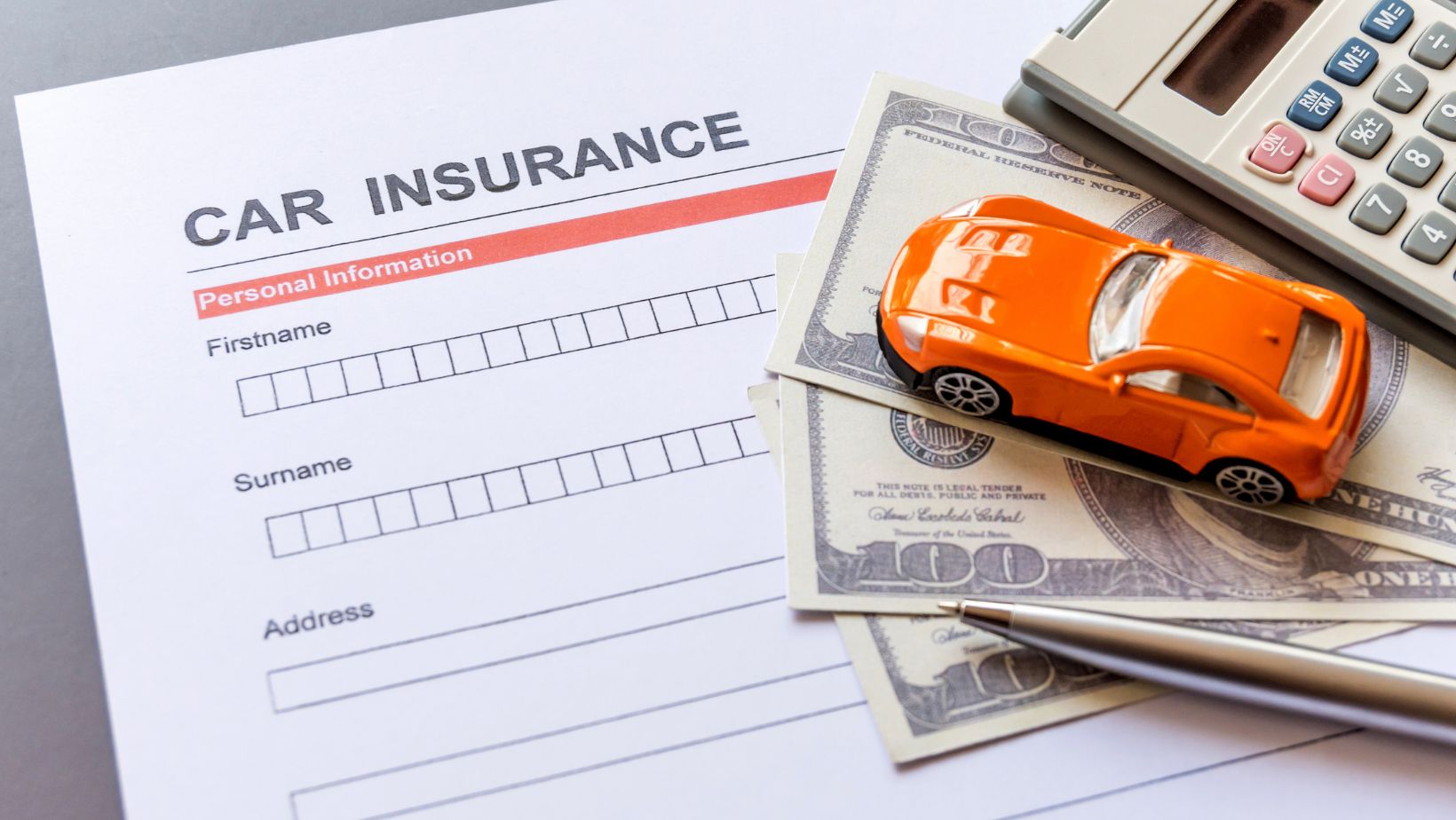If you’ve been told you need an SR-22 in California, you might be wondering what it is, why it’s required, and how it affects your driving record. While an SR-22 isn’t actually car insurance, it’s an important document that proves you’re meeting California’s minimum car insurance requirements.
Not everyone needs an SR-22, but for those who do, it’s usually because of a serious driving-related issue. Let’s break down what an SR-22 is, the key signs that indicate you need one, and what to do next if it applies to you.
What Is an SR-22 and Why Is It Required?
An SR-22 is a certificate of financial responsibility that proves you have the minimum required auto insurance in California. The state may require this certificate if you’ve committed a serious traffic violation or had a lapse in your insurance coverage.
Many people mistakenly believe that an SR-22 is a type of insurance policy, but it’s actually a form that your insurance company files with the California Department of Motor Vehicles (DMV) on your behalf. This document assures the state that you’re maintaining proper insurance coverage, and if your policy lapses, your insurer must notify the DMV immediately. For expert help with sr22 requirements, contact the team at MIS Insurance.
Key Signs That You Need an SR-22 in California
Not sure if an SR-22 applies to you? Here are some of the most common reasons the state might require you to file one:
1. You Were Convicted of a DUI or DWI
One of the most common reasons drivers in California need an SR-22 is a DUI (driving under the influence) or DWI (driving while intoxicated) conviction. If you’ve been caught driving with a blood alcohol content (BAC) over the legal limit, the DMV will require you to file an SR-22 before reinstating your license.

A DUI conviction can stay on your record for 10 years, and an SR-22 is typically required for at least 3 years. During this period, maintaining continuous insurance coverage is essential—any lapse could reset the clock on your SR-22 requirement.
2. You Were Caught Driving Without Insurance
California law requires all drivers to carry liability insurance, and if you’re caught driving without it, you may have to file an SR-22. This is especially true if you were involved in an accident while uninsured.
If your license was suspended due to a lack of insurance, the SR-22 is necessary to prove that you now have proper coverage. The DMV won’t reinstate your driving privileges until this form is on file.
3. You Had Multiple Traffic Violations or an At-Fault Accident
Excessive speeding tickets, reckless driving, or other major traffic violations can lead to an SR-22 requirement. The California DMV keeps track of “negligent operator” points, and if you accumulate too many in a short period, you could face license suspension.
Additionally, if you caused a serious at-fault accident, especially one involving injuries or property damage while uninsured, the state may require you to carry an SR-22 as a condition of keeping or reinstating your license.
4. Your Driver’s License Was Suspended or Revoked
If your driver’s license was suspended or revoked due to driving-related offenses, you’ll likely need an SR-22 before you can legally get back on the road. Common reasons for suspension include:
- Accumulating too many points on your driving record.
- Failing to appear in court for a traffic violation.
- Unpaid traffic tickets or child support.
An SR-22 shows the DMV that you’re financially responsible and ready to regain your driving privileges.
What are the Consequences of Not Having an SR-22 Certificate?
If you’re a high-risk driver, you have to make sure that you have an SR-22 certificate. This responsibility is crucial, and you must ensure that you’re following the rules if you want to get back on the road legally. After all, it’s a requirement in California and not something that’s optional. While it can all seem complicated at first, once you’ve got a certificate, this is something that you can forget about until the end date. In order to take this seriously, let’s take a look at the consequences of not having an SR-22.
A License Suspension
Of course, everybody needs a driving license to get behind the wheel of a car. But, there are situations where your license can be suspended. Indeed, this can happen if you don’t have an SR-22. For example, say that you’ve had a DUI charge.

You’re going to be required to have a certificate in California. However, if an SR-22 isn’t filed, you’ll have your license suspended or revoked. The only way to get it back is to get this certificate.
A Fine
So, you decided that you’re not going to get an SR-22. This suspends your license, yet you decided to get on the road anyway. If you’re caught, this means that you could face a hefty fine. Indeed, the policy will figure out that your license is suspended, which is immediately going to open up punishment. This can be a lot of money, or there are even examples of community service and jail time.
What To Do If Your SR-22 Lapses
If you discover that your SR-22 has lapsed, this isn’t something that you can ignore. You need to act quickly to ensure that you can continue to drive. Therefore, make sure that you contact your insurance company straight away. If they specialize in high-risk drivers, they can immediately help with filling. You might be required to pay reinstatement fees to the DMV for this action. In addition, make sure that you don’t drive in the meantime.
Conclusion
Needing an SR-22 in California isn’t ideal, but it’s a necessary step if you want to reinstate your license and get back on the road legally. If you’ve been convicted of a DUI, caught driving uninsured, had multiple traffic violations, or faced license suspension, an SR-22 may be required.
The key takeaway? Stay insured, drive responsibly, and don’t let your coverage lapse. If you’re unsure about your status, check with your insurance provider or the California DMV to see if an SR-22 applies to you.



